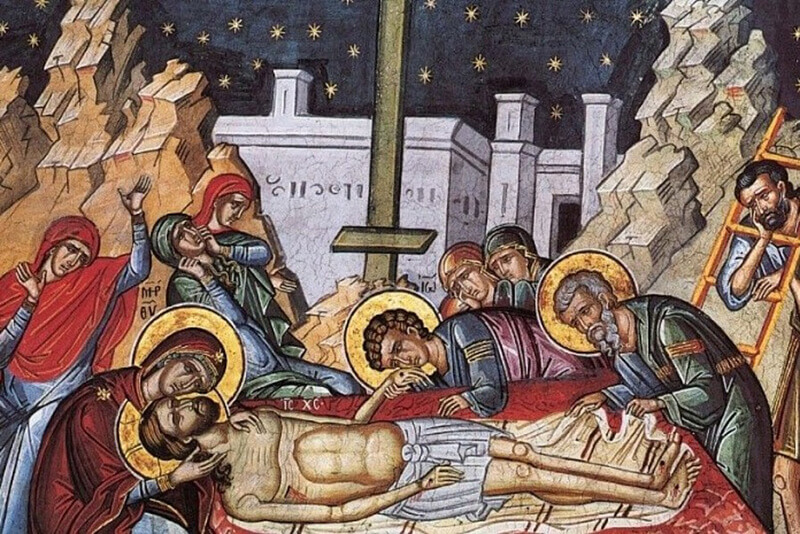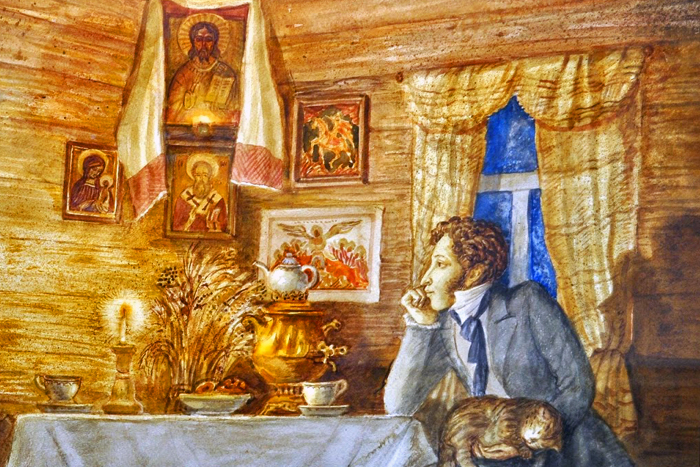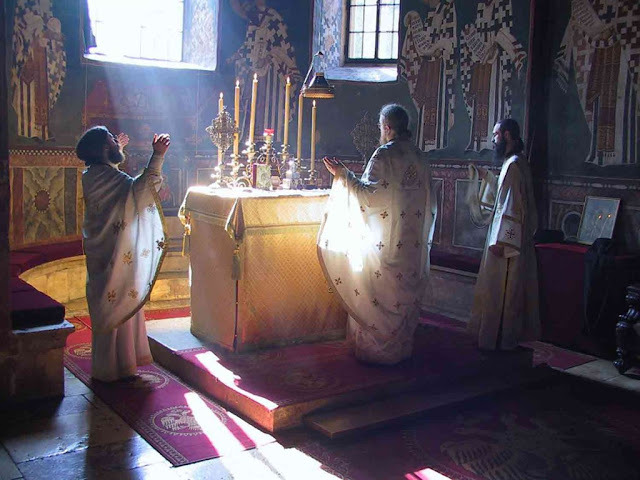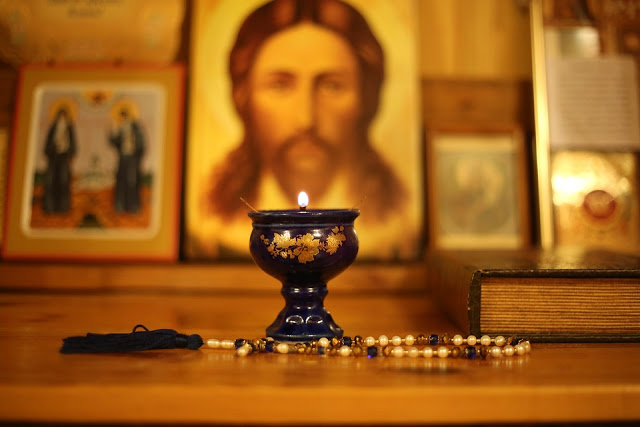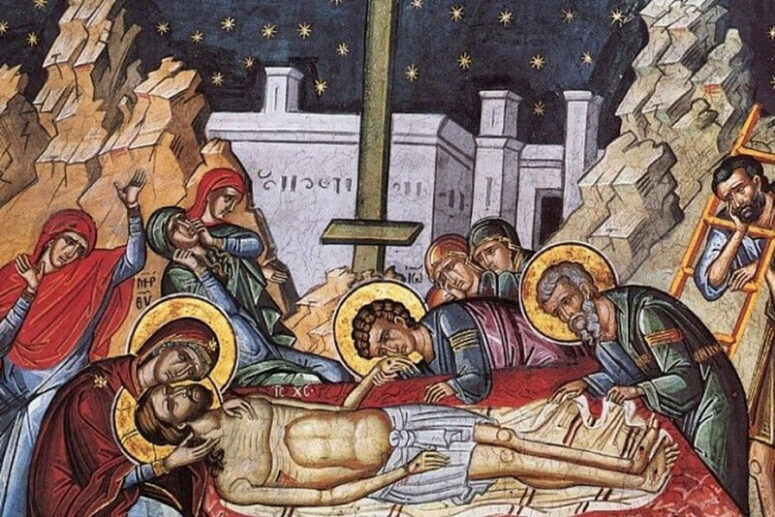
The gospel narrative of the events of the Holy Friday focuses on the Crucifixion and death of the Savior on the Cross. It mentions cursorily, if at all some minor circumstances, despite their potential interest to the reader. Who were the crucified thieves? What was the fate of Pilate? What happened to Arma Christi? Find out from this article.
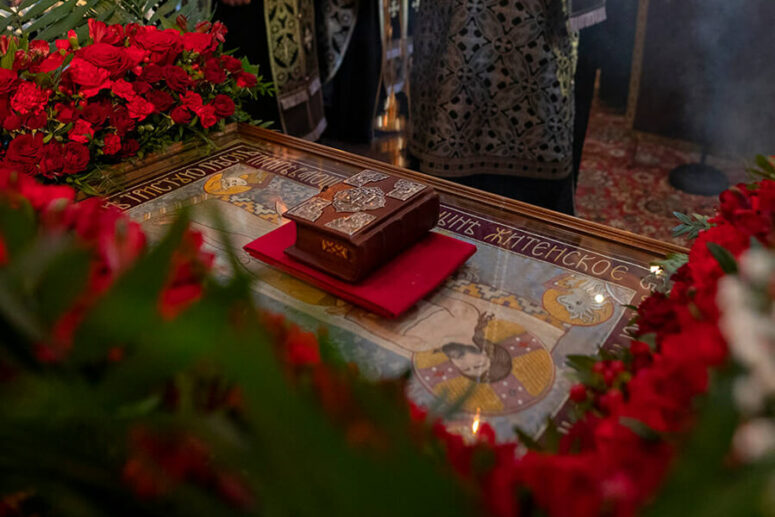
Natural Phenomena
The Gospels report that the moment of the Saviour’s death was accompanied by extraordinary natural phenomena: “The earth shook, and the rocks were split.” (Matt. 27:51), “It was now about noon, and darkness came over the whole land until three in the afternoon, while the sun’s light failed.” (Luke 23:44-45) What else do we know about this?
The historian Thallus (1st-2nd centuries AD) in his work titled The World History explains the sudden darkness by a solar eclipse. However, according to the slightly more contemporary historian Sextus Julius Africanus, a solar eclipse was impossible at the time of the Lord’s death, since Christ died on the Paschal full moon, whereas a solar eclipse can only occur on a new moon. The darkness therefore was caused by something else.
This has been confirmed by modern scholars. In 2012, the geologists Jefferson Williams, Marcus J. Schwab and Achim Brauer studied a first-century earthquake in the Dead Sea area. According to the researchers, through seismic analysis and astronomical data, it was possible to determine the exact date of the death of Christ – April 3, 33. This date is consistent with other historical evidence and scientific research. The researchers explain the onset of the darkness by a sandstorm.
Persons
Dismas and Gestas
The canonical Gospels say very little about the prudent and the impenitent thieves. Apocryphal sources contain descriptions of their earthly life. Some of them have preserved quite detailed traditions, but most often, it is difficult to verify their authenticity. The following information should therefore be treated with caution.
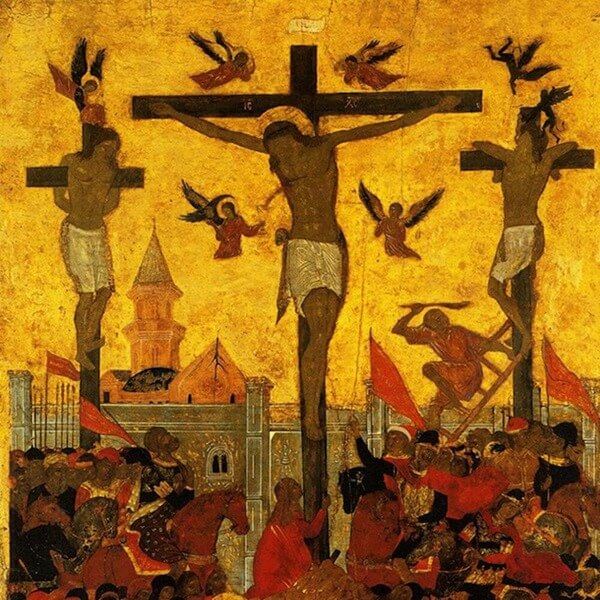
The writing titled The Words on the True Cross tells a beautiful yet unfounded story. On the way to Egypt, two robbers captured the Holy Family. Each robber had a wife and an infant. The wife of one robber was seriously ill and unable to feed her child. The other robber’s wife had lactation difficulties and fed her baby with only one breast, while the other child was dying of hunger.
The severely ill woman asked the robbers not to harm the Holy Family. She also asked the Blessed Theotokos to breastfeed her child. After 6 days, the infant grew stronger, and the robber’s wife recovered. The robber rejoiced and released the Holy Family with gifts.
When the children grew up, they followed the example of their fathers. The child nursed by the Mother of God turned out to be the prudent thief who repented on the Cross. The impenitent robber who slandered Christ was the son of the mother who refused to feed a dying child.
Pontius Pilate
Pontius Pilate was known as a self-willed and cruel power-seeker. The King of Judea Agrippa I in a letter to Emperor Caligula among the crimes of Pilate lists “bribery, violence, robbery, mistreatment, insults, summary executions, endless and unbearable cruelty”. After another unlawful bloodshed, Pilate was removed from his position of procurator of Judea and summoned to Rome for trial. Eusebius of Caesarea wrote that, according to legend, Pilate committed suicide when he found out about this.
There is also an alternative version, according to which Pilate repented and became a Christian. This version was adopted by the anti-Chalcedonian Ethiopian Orthodox Church, canonising Pontius Pilate, along with his wife Claudia Procula. More on this here .
Click here to read about Longinus and his spear piercing the side of Jesus Christ.
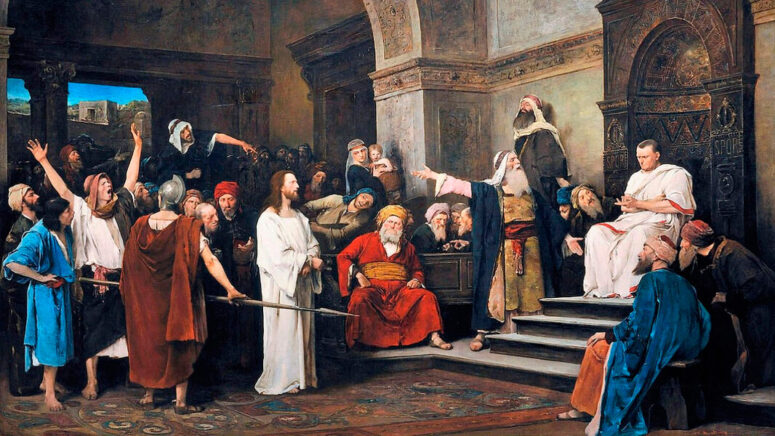
Instruments of the Passion
Holy Sponge
The sponge, used by the Roman soldiers to give Christ the intoxicating solution of myrrh in wine, was preserved. It is revered in the Church as a relic. The earliest source mentioning it is a poem by St Sophronius of Jerusalem about his native city, written by him around 600 AD.
It can be seen from the text of the poem that the True Cross, as well as the spear of Longinus, the sponge and the reed that it was set on were discovered by the Holy Empress Helen during the excavations in Jerusalem, and then kept in the Church of the Holy Sepulcher:
And let me go rejoicing
to the splendid sanctuary, the place
where the noble Empress Helena
found the divine Wood;
and go up,
my heart overcome with awe,
and see the Upper Room,
the Reed, the Sponge, and the Lance.
Then may I gaze down
upon the fresh beauty of the Basilica
where choirs of monks
sing nightly songs of worship.
During the 602-629 war between Byzantium and the Sassanids, the sponge, along with some other relics, was sent to Constantinople for security reasons. After the end of the war, the sponge was returned to Jerusalem, but in the 9th century, it had to be transferred to Constantinople again due to the aggravation of relations with the Ottoman Empire.
In 1204, after the fourth Crusade, Constantinople was captured by the crusaders, and the Latin Empire was established in it. The emperor Baldwin II, having given part of the sponge and several other relics in gage to Venetian merchants, was unable to repay the loan. Part of the Sponge, pawned by Baldwin, eventually ended up in the hands of the King of France, Louis IX. The second part remained in Constantinople until its fall in 1453.
Particles were separated from the sponge, both before and after Baldwin II, and sent to a number of European churches. Today, eight particles are available for veneration. Four of them are kept in the basilicas of Rome, one in the Basilica of the Holy Cross in Jerusalem, one in the Notre Dame Cathedral of Paris, one in the Saint-Jacques Church in Compiègne and one in the Aachen Cathedral. One large particle is kept in the Moscow Kremlin Museum in the Ark of Dionysius, a reliquary that contains thirteen relics of the Passion of Christ.

Crown of Thorns
We do not know when the crown of thorns of the Lord was found and where it was kept for many years. St Paulinus of Nola first mentioned it as a relic in the beginning of the 5th century. At that time, the crown was kept in the basilica on Mount Zion. It remained there until 1062 and then it was transferred to Constantinople. Prior to that, parts of the thorns had been separated from the crown several times and transferred to different churches. For example, in the 6th century Emperor Justinian gave one thorn to St Herman of Paris.
In 1238, Baldwin II Porphyrogenitus handed the crown to King Louis IX of France in repayment of a debt. Since then, the crown has been kept in churches, museums and the National Library of France. Today, the relic is in the Notre Dame Cathedral in Paris. You can read more about the remaining part of the relic here.
More about the shroud possibly used to wrap the body of Christ here.
Everything left outside the scope of the Gospel is ultimately secondary. The Lord allows this uncertainty, and perhaps this is why Scripture does not focus on the above-mentioned objects or does it cursorily. If you have found the strength to read this article to the end, I encourage you to undertake another ascetic deed and read the Passion Gospels. I sincerely wish you to complete the fast with dignity and enter the joy of the Bright Resurrection of Christ.

